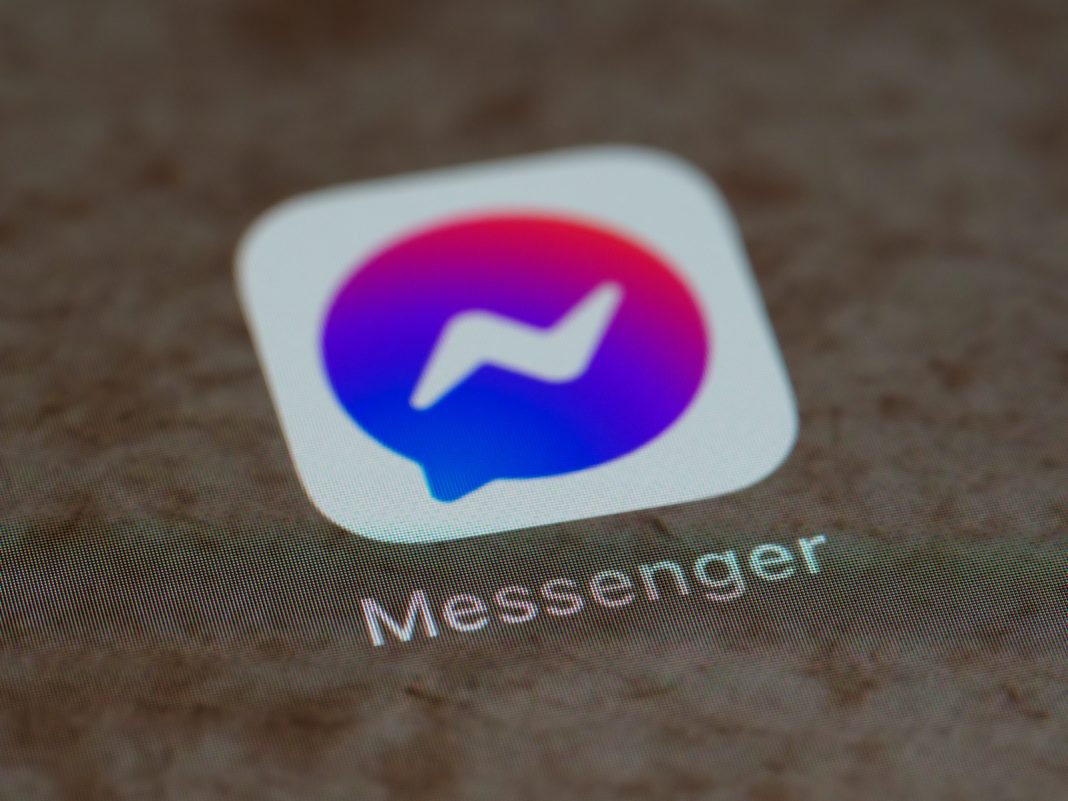In a surprising move towards bolstering user privacy, Meta, the parent company of Facebook, has officially implemented end-to-end encryption (E2EE) for one-on-one Messenger chats and calls as the default setting. This long-anticipated feature promises to secure user conversations from prying eyes, ensuring that messages remain confidential and protected from unauthorized access.
End-to-end encryption transforms the traditional landscape of messaging by ensuring that messages are not stored as plain text. Instead, they are encrypted or “scrambled” during transmission, making them incomprehensible to anyone without the decryption key. In the case of Messenger, this key is either the sender’s device or the recipient’s device, offering a secure means of communication.
Before this update, messages were stored openly on devices, the recipient’s device, and the Messenger server, making them susceptible to potential surveillance or data requests. With E2EE, Meta takes a hands-off approach, unable to decipher the content even if requested to do so by external entities.
The rollout of this default end-to-end encryption commenced after extensive testing, marking a significant step forward for digital privacy on the popular messaging platform. However, users still have the option to opt out if they choose not to use this enhanced security feature.
To enable this new default setting, users will be prompted with a notification explaining the changes when the update reaches their accounts. Additionally, users will have the option to set up a Personal Identification Number (PIN) that serves as a means of accessing Messenger messages on new devices. It is crucial to securely store this PIN, as forgetting it will result in the inability to access previous messages on other devices.
For individual chats, the implementation of default E2EE means users can engage in private conversations without any additional steps. The encryption and protection of messages become automatic, providing users with peace of mind regarding the security of their communications.
Furthermore, group chats can also benefit from end-to-end encryption, although it remains an opt-in feature at present. Users interested in securing their group conversations can activate this feature by tapping the group chat name at the top of the chat and selecting the “Start end-to-end encrypted chat” option.
In the event that users have not yet received the update, there is an alternative method to leverage end-to-end encryption through a feature called “secret conversation.” Although a bit hidden within the app, users can initiate a secret conversation by opening a chat, tapping on the person or group name, and selecting “Go to secret conversation” or “Start end-to-end encrypted chat” under “More actions.” It’s important to note that this method requires both users to be on devices and Messenger apps compatible with secret conversations and E2EE.
Previously, secret conversations on Messenger came with limitations, presenting users with a black and white theme and lacking several standard features. However, a January update has expanded the capabilities, allowing users to enjoy customary Messenger features such as chat themes, custom emojis and reactions, group chats, group pictures, link previews, active status, and chat bubbles (exclusive to Android users).
Despite the improvements, users engaging in secret conversations may find two separate chats for each contact, one with a lock icon and the other without. It’s crucial to choose the thread with the lock icon to ensure the protection of messages. As the default end-to-end encryption continues to roll out, it is expected that this distinction will become obsolete.
In conclusion, Meta’s move to introduce default end-to-end encryption for Messenger is a noteworthy stride towards enhancing digital privacy. Users now have the option to communicate securely without the need for additional setup, contributing to a safer and more confidential online messaging experience. As technology evolves, initiatives like these signal a growing awareness and commitment to user privacy in the digital age.


